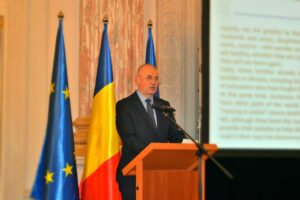
Romania and its allies will not remain passive witnesses to the tragedy unfolding in Ukraine and will do everything possible to achieve a just and lasting peace, said Alexandru Victor Micula, Romania’s Ambassador Extraordinary and Plenipotentiary to Ukraine, during a reception in Kyiv on the occasion of Romanian Army Day.
“We are in Ukraine and we think of those who are fighting right now for independence, sovereignty, and territorial integrity, who stand as a shield in defense of democratic societies against bloodthirsty Moscow autocrats. We are grateful to them for their daily sacrifice,” the diplomat emphasized.
According to him, Romania and its partners “have a duty to these heroes and their families to do everything possible to establish a just peace for Ukraine — a peace that cannot be a reward for the aggressor and must ensure justice for the victims of this illegal and unjustified aggression.”
Micu expressed his deep gratitude to Ukrainian servicemen and their families, especially those of Romanian origin, who live in daily anxiety for their loved ones.
“Many families already know that their heroes will not return home. Among them are the families of Ukrainians and Romanians who gave their lives defending Ukraine. But even those who are waiting for news about the missing do not lose hope. This is a true manifestation of courage and strength of spirit,” the ambassador said.
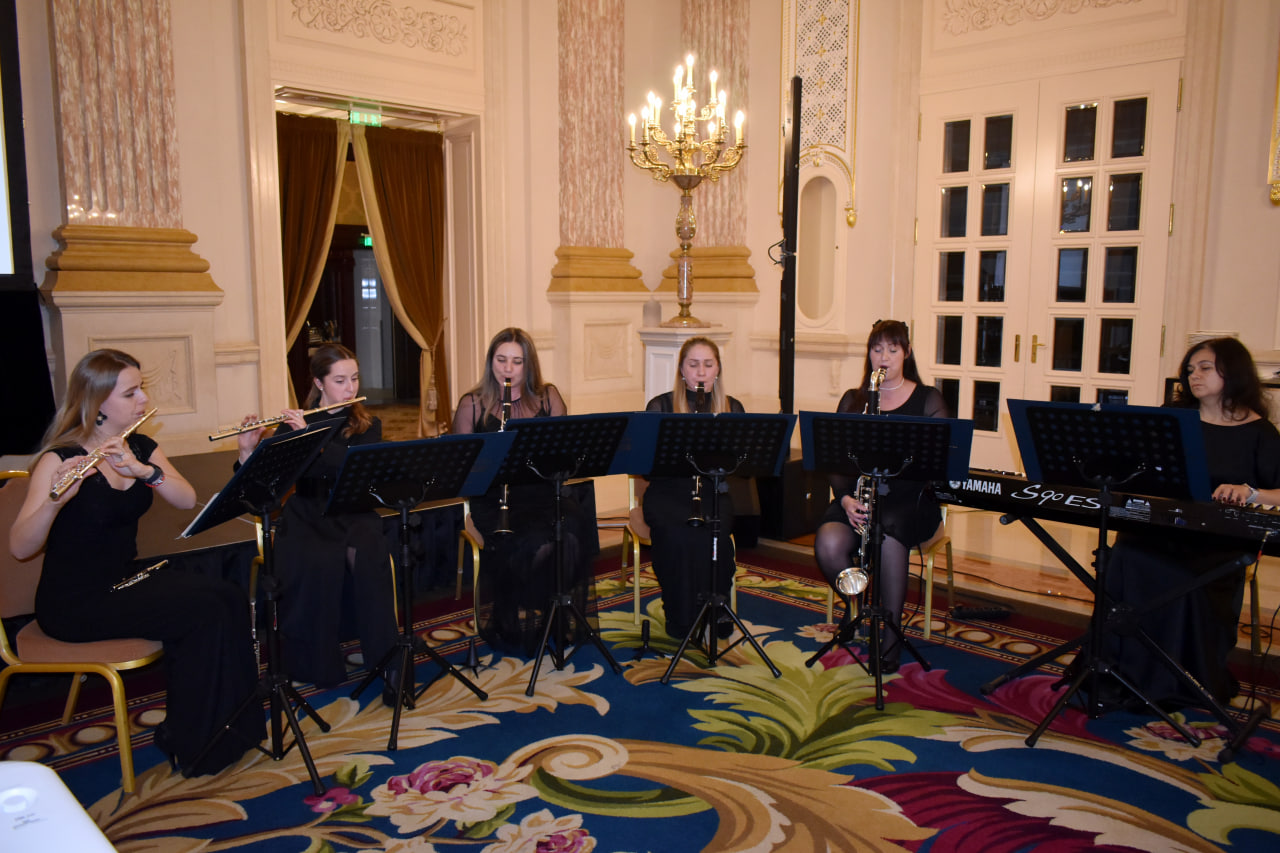
During the event, Romania’s naval and air attaché to Ukraine, Colonel Cristi Ladaniuc, emphasized that Romanian Army Day is not only a tribute to national heroes, but also a symbol of Romania’s unwavering commitment to peace and security in the region.
“From the first day of Russia’s unprovoked and unjustified aggression against Ukraine, Romania has played an important role in supporting Kyiv in all areas of assistance,” Colonel Ladaniuc said.
He stressed that Romania is actively involved in training Ukrainian military personnel under the EUMAM and INTERFLEX programs and that Bucharest “will continue to coordinate with Ukrainian partners to identify new training opportunities in line with needs.”
The attaché also drew attention to the creation of the European F-16 Training Center in Romania, where Ukrainian pilots are already participating in flight programs. “This project demonstrates what we can achieve together — through partnership, strategic decisions, and joint efforts toward our common goals,” he emphasized.
Romania, he said, will also continue to participate in the Maritime Capabilities Coalition, providing maritime security training (MRTH) on its territory and facilitating the training of Ukrainian marines within existing programs.
At the same time, he stressed that Romania, in accordance with a political decision at the highest level, is ready to provide logistical support to future peacekeeping forces, but will not consider the possibility of deploying its military on Ukrainian territory (“no boots on the ground”).
Ukraine and Romania established diplomatic relations on February 1, 1992.
The Ukrainian Embassy in Romania opened in Bucharest in 1992, and the Romanian Embassy in Ukraine opened in Kyiv in 1993.
Both countries are members of the Organization of the Black Sea Economic Cooperation (BSEC) and actively cooperate in the fields of defense, energy, border management, and support for Ukraine in the context of Russian aggression.

TK-Home Textiles, part of the Textile-Contact Group (TK Group), has begun its first deliveries of products to Romania, according to the group’s owner, Alexander Sokolovsky.
“Romania has been added to the list of countries with which we currently have stable contracts for the export of finished products (namely Denmark, Germany, Lithuania, Latvia, Georgia, and France), and today we sent the first shipment of our own products there,” he wrote on Facebook on Monday.
Sokolovsky specified that so far these are only various sets of bed linen made of satin, calico, and flannel, made from 100% cotton produced by the TK-Chernigov factory.
“However, we plan to significantly expand the range for this customer in the future. Each new country is further confirmation that Ukrainian textiles have a worthy place in the European market,” he added.
The owner of the group also announced that TK-Domashniy Tekstil had won the Best Exporter of the Year competition for the second year in a row based on its performance in 2024 in the field of textile production, clothing, leather, leather goods, and other materials.
“I would like to thank the team, which in such difficult times, despite all the challenges, is not just holding on, but is looking for any opportunities to grow sales markets and increase the share of exports in our order portfolio,” Sokolovsky wrote.
TK-Domashniy Tekstil is a leader in the production of fabrics, home textiles, and children’s products in Ukraine. Its asset portfolio includes one of the few finishing factories in Ukraine that produces cotton fabrics in
Chernihiv, TK-DT Chernihiv. Its assets also include garment factories in Kyiv, Ternopil, Chernihiv, and Odesa; a shoe factory in Chyhyryn; a knitting factory; and a synthetic winterizer factory in Chernihiv.
TK Group was founded in 1995. It currently represents a holding company that combines the entire range of services in the textile industry, from raw materials and threads to ready-made solutions for B2B, B2G, and B2C customers.
The group consists of 13 factories and employs about 1,500 people.
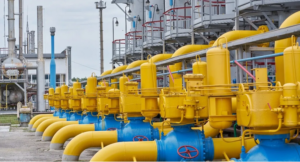
The National Energy Regulatory Agency (ANRE) of Moldova has approved the extension and updated conditions of the joint regional project for the transportation of natural gas along the so-called “Route 1” through the Trans-Balkan pipeline, which provides for a 50% tariff reduction for Moldova and Romania for gas supplies to Ukraine.
According to the agency, the decision was taken at the ANRE Council meeting on October 24, 2025 at the initiative of operators of gas transportation systems from Greece, Bulgaria, Romania, Moldova and Ukraine. The project is aimed at strengthening regional energy security and ensuring stable gas supplies to Ukraine.
“The Council approved the extension of the Route 1 product for six months – from November 2025 to April 2026 – as well as a 50 percent reduction in gas transportation tariffs for Vestmoldtransgaz (Moldova) and Transgaz SA (Romania) on key interconnectors,” the regulator said in its decision.
The Route 1 project envisages the use of the existing infrastructure of the Trans-Balkan gas pipeline, which connects Greece-Bulgaria-Romania-Moldova-Ukraine.
Through this route Ukraine can receive gas coming from the southern direction – from LNG terminals in Greece (Revitusa, Alexandroupolis) and from Turkish storage facilities.
The reduction of the Romanian and Moldovan tariff makes supplies through this line economically more favorable and increases the flexibility of gas purchases from alternative sources.
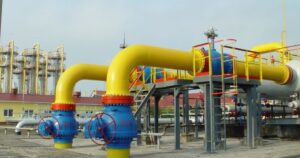
On October 24, the National Energy Regulatory Agency of Moldova (ANRE) held an open meeting of the Board of Directors, during which it approved a 50% reduction in tariffs for gas transportation to Ukraine.
“During the meeting, the Board approved amendments to Decision No. 272/2025 on the optimization of the ”Route 1″ capacity product on the Trans-Balkan pipeline, following a joint initiative submitted by natural gas transmission system operators from Greece, Bulgaria, Romania, the Republic of Moldova, and Ukraine. The initiative aims to strengthen regional energy security and ensure natural gas supplies to Ukraine,“ according to a statement on the ANRE’s official website.
”The approved changes provide for the extension of the Route 1 product for 6 months (November 2025 – April 2026), a 50% reduction in transportation tariffs for SRL “Vestmoldtransgaz” at the Kaushen and Grebeniki interconnection points, as well as the extension of the capacity product to all relevant interconnection points along the route. A 50% reduction in transportation tariffs is also provided for by the Romanian transmission system operator SA “Transgaz,” ANRE explained.
“With this decision, the Republic of Moldova is strengthening its role as a regional transit corridor, facilitating the transportation of natural gas from Greece to Ukraine and contributing to the diversification of routes and sources of supply. In the long term, transportation volumes are expected to increase, and as a result, the associated tariffs will decrease for users of the transport system operated by SRL Vestmoldtransgaz,” the statement emphasized.
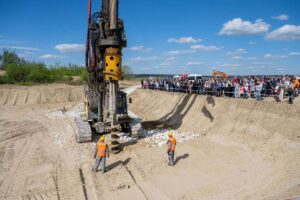
Romania and Moldova have reached an agreement on the construction of a new road bridge across the Prut River, according to a government press release from Bucharest. Under the terms of the memorandum signed by the Romanian government, the project provides for:
– the creation of a new road crossing to strengthen cross-border communication between the two countries and integrate Moldova into the EU transport network (TEN-T).
– the formation of a joint working group and a mixed commission to coordinate technical, financial, and customs issues during the implementation of the project.
– financing from the Romanian budget: in the first phase of the design of four bridges across the Prut, approximately €0.22 billion is to be allocated for each section.
The implementation of the project will help reduce transport time and increase the capacity of roads between Moldova and Romania, as well as improve the overall logistics of the region and speed up transport flows, including between Ukraine, Moldova, and Romania.
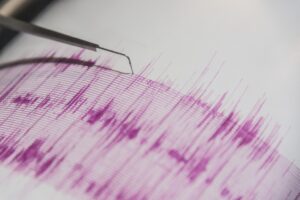
Eight earthquakes were recorded in neighboring Romania over four days, according to Romania’s National Institute for Earth Physics Research and Development (INCDFP).
According to the INCDFP, the last three tremors occurred on the night of October 25-26, with an interval of just under an hour. The tremors were recorded in the Vrancea seismic zone, one of the most active earthquake-prone areas in Romania.
The Vrancea seismic zone is located at a depth of about 100 km, so its earthquakes are felt over a large area. In particular, according to a number of reports, the tremors could be felt in Moldova, Bulgaria, Serbia, and southern Ukraine, including the area around the city of Odessa.
The Vrancea zone is known as one of the most dangerous intra-continental seismic areas in Europe, with deep tremors occurring there with magnitudes above 7.0. In such conditions, regional monitoring authorities will intensify their observation and inform the population about the likelihood of repeated events.